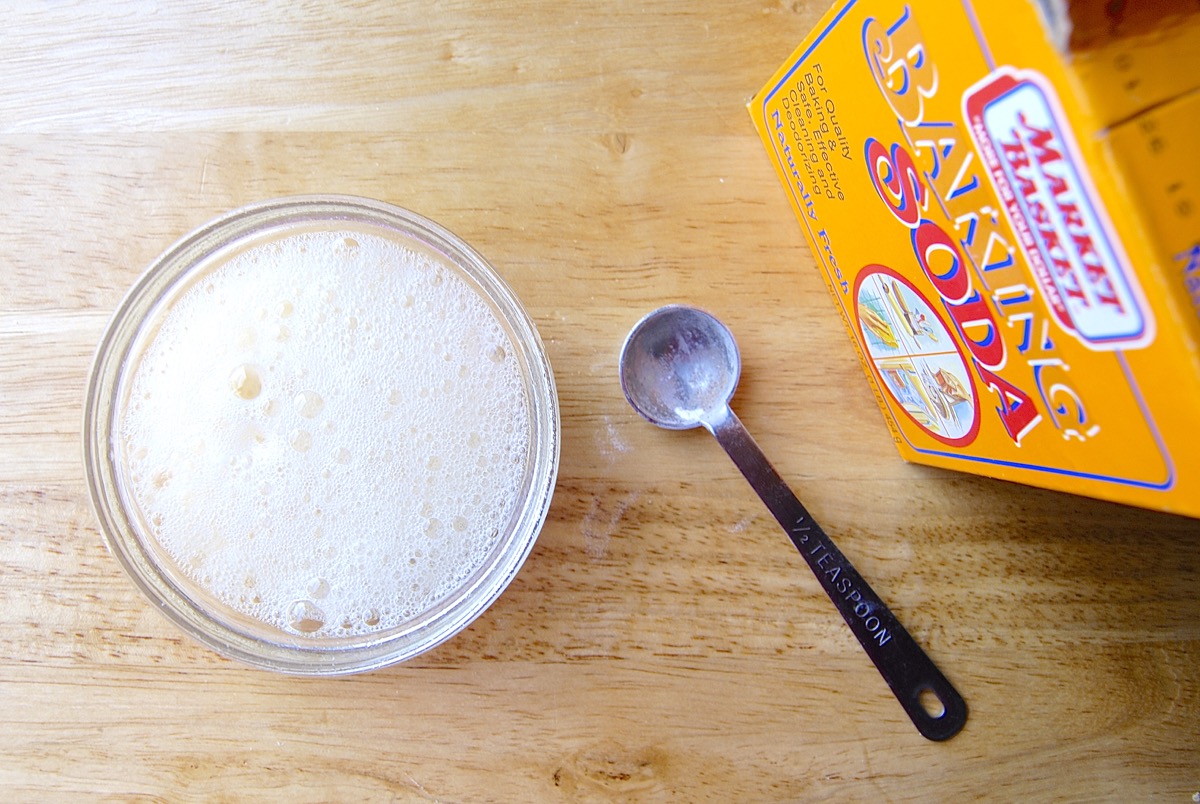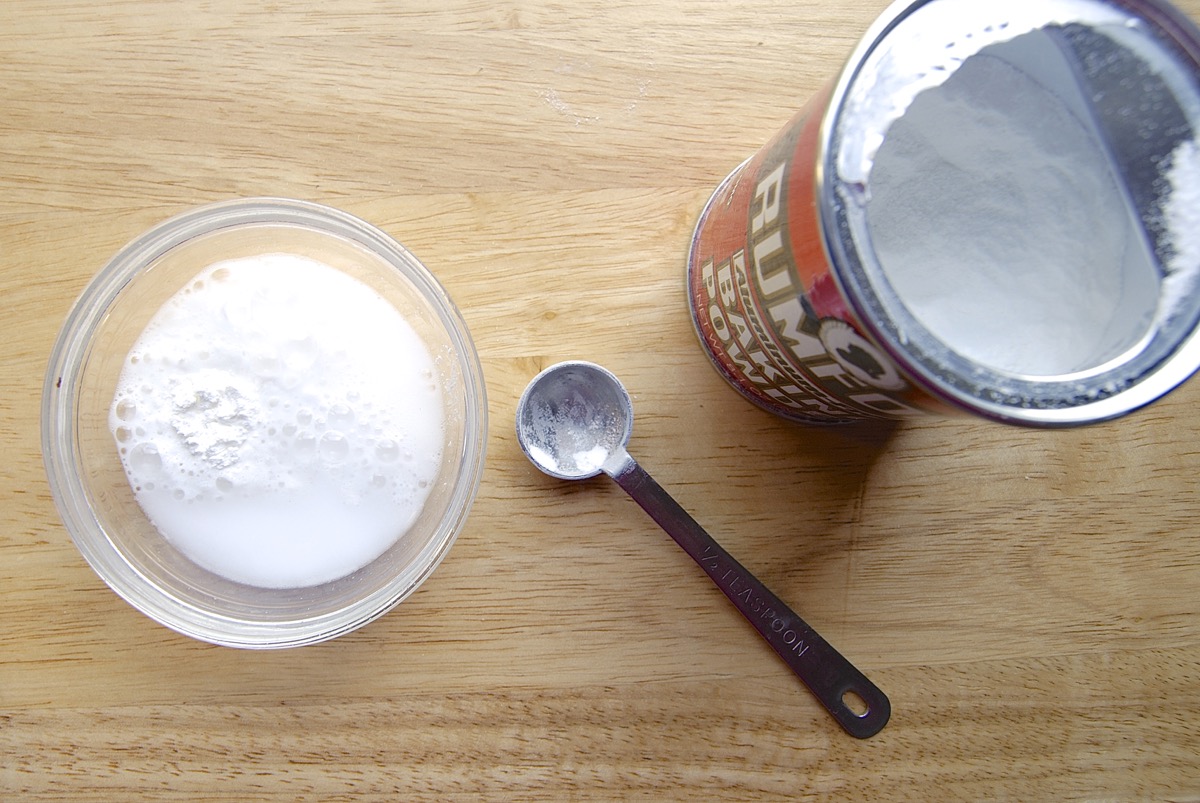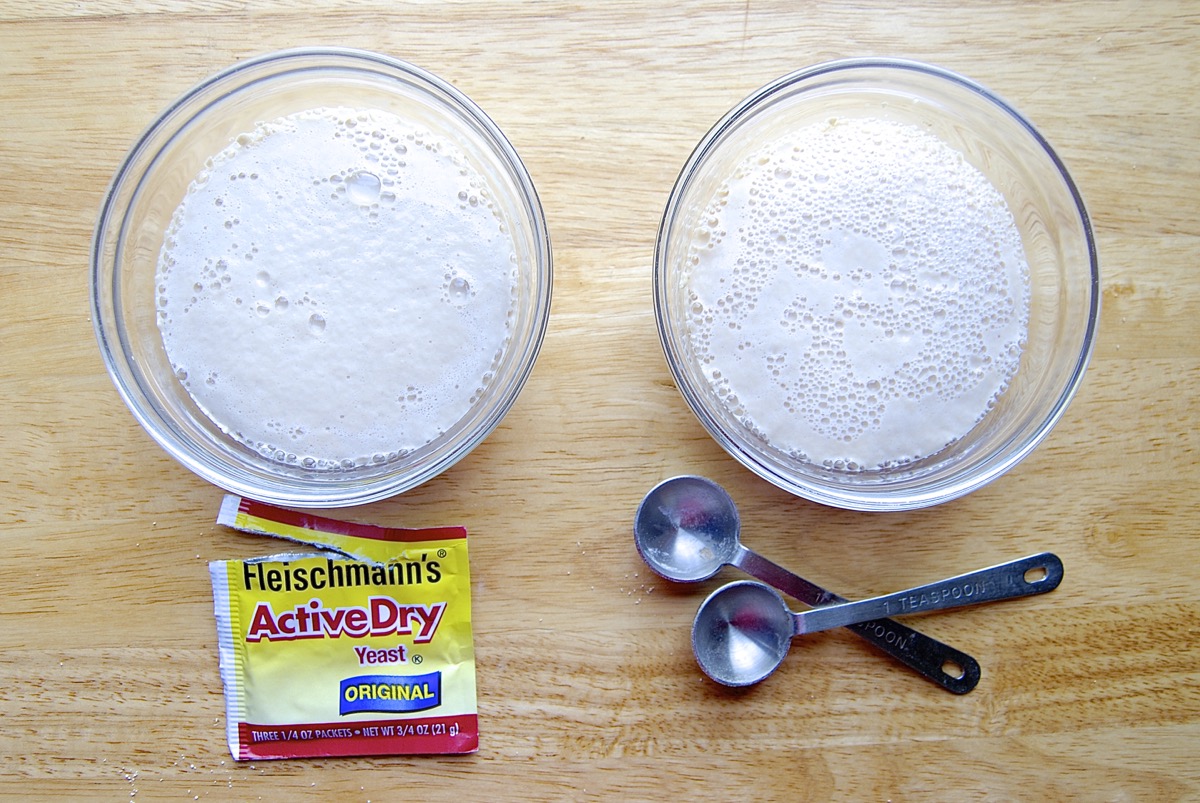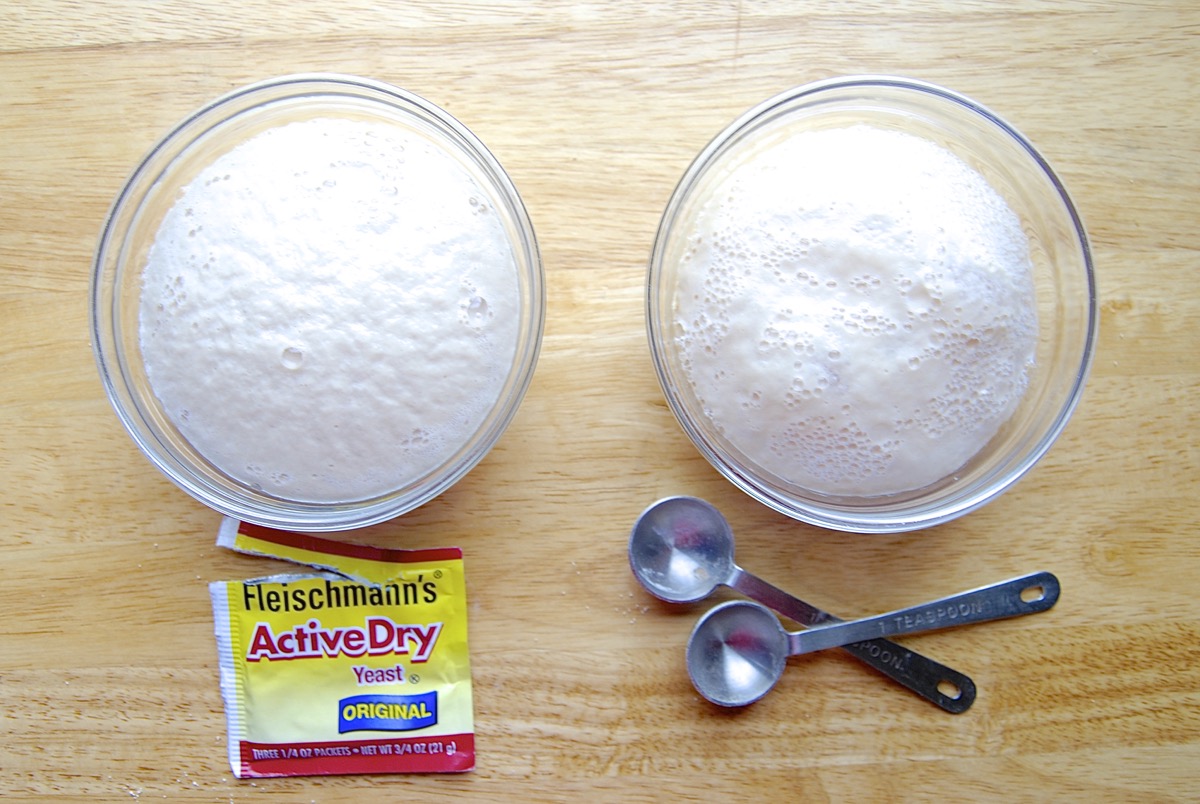How to test yeast, baking powder, and baking soda for freshness
It's all about the bubbles
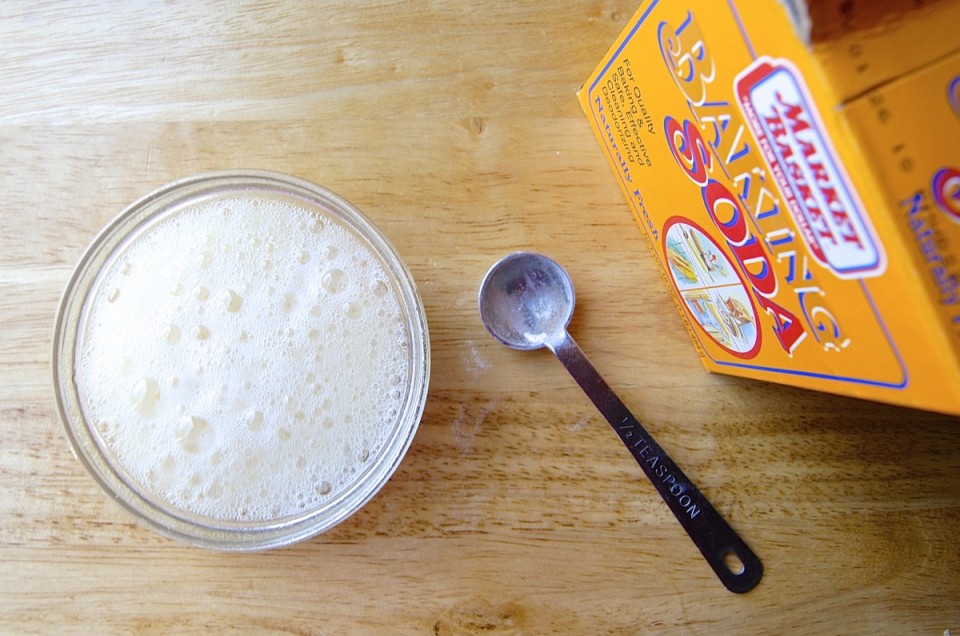

The holidays are coming. You're on a tight schedule. You want everything coming out of your kitchen to be absolutely perfect.
What's the first thing you need to do? Test your yeast, baking powder, and baking soda for freshness.
Let's start with baking soda, which you'll no doubt be using in all kinds of cookies, gingerbread, muffins, and other holiday treats.
Put 1 tablespoon vinegar in a small bowl.
Stir in 1/2 teaspoon baking soda. The mixture should fizz immediately – and quite vigorously, too.
What's happening? Chemically speaking, baking soda (sodium bicarbonate) is a base. Vinegar is an acid. Base + acid = reaction.
If the two don't fizz on contact – or the fizzing is gentle/minimal – it's time to invest in a new carton of baking soda.
Next up: baking powder, the basis of cakes and cookies of all kinds, to say nothing of biscuits, pancakes, scones, muffins, quick breads... baking powder is our most popular chemical leavener.
Put 2 tablespoons warm water in a bowl.
Stir in 1/2 teaspoon baking powder. While you won't see quite the vigorous reaction you get from baking soda/vinegar, the mixture should definitely bubble and foam.
What's happening? Baking powder is a combination of baking soda (base) and cream of tartar (acid), with some cornstarch thrown in to buffer the mixture and prevent an immediate reaction. Since baking powder already includes acid, you don't need to combine it with acid (vinegar) to see if it's fresh; you simply need to get it wet.
Why is that? Double-acting baking powder, the kind we all purchase at the supermarket, reacts twice: first when it's combined with liquid, and again when it hits the heat of the oven. Combining it with liquid in a recipe (e.g., with the milk in a cake recipe) gets the leavening started. And when you put the pan of cake batter into the oven, baking powder offers another burst of leavening power, thanks to the oven's heat.
Finally, yeast – the friendly fungus that's loved and feared in equal parts, due both to its sometimes fickle personality, and its enormous influence on your bread-baking.
Since yeast is such an important ingredient, you want to make sure it's fresh and active. Here in the King Arthur Flour test kitchen we use SAF Red instant yeast on a regular basis; we don't test its freshness because it comes vacuum packed, we store it in the freezer, and we use it quickly.
But for those of you who are occasional yeast bakers, relying on a three-pack of yeast from the supermarket (or wondering if that instant yeast you stashed in the freezer a year ago is still good) – it's important that you test your yeast to see if it's viable.
On the left, active dry yeast. On the right, SAF Red instant yeast.
Dissolve 1/2 teaspoon sugar in 1/2 cup warm water.
Stir in a packet of active dry yeast; or 2 teaspoons instant yeast.
Go away. Come back in 10 minutes.
After 10 minutes, the yeast has started to bubble and expand.
Give it another 10 minutes, and it's domed and very light.
Yes, both of these yeasts are active and ready to go. Add the yeast/water to your recipe, reducing the liquid in your recipe by 1/2 cup.
Just look at those bubbles! This yeast is light as froth, and clearly ready to join you for an afternoon of bread-baking.
Don't delay – test your leaveners today.
After all – the loaf you save may be your own.



